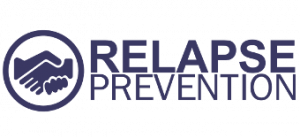Dual diagnosis was defined in 1955 by the World Health Organization (WHO) as “co-occurrence in the same individual of disruption caused by the use of a psychoactive drug and other mental disorders” or put another way, dual diagnosis is a term for a combination of an addictive disorder and another psychiatric disorder.
DUAL DIAGNOSIS – INCIDENCE AND PREVALENCE
Misuse or actual addiction is often associated with other mental disorders, hence the term dual diagnosis.
It may be that a person has developed an addiction by trying to soothe the symptoms of the mental disorder with alcohol or other drugs – or that the addiction has provoked a mental disorder. It is not an unknown fact that cannabis use can lead to psychosis, while alcohol abuse / dependence may lead to anxiety or depression.
SYMPTOMS OF DUAL DIAGNOSIS
The diagnosis of addiction includes addiction to alcohol or drugs, such as sedatives or hypnotics, cannabis, strong analgesics with euphoric effects or stimulatory drugs such as cocaine and amphetamine (speed).
The disorder is often schizophrenia or similar mental disorders, mania or depression, anxiety disorders or conditions with disturbed personality structure.
DUAL DIAGNOSIS IN THE TREATMENT
Over the years, dual diagnosis was often treated separately – the addiction problem in one place and the mental disorder somewhere else. However, it has been found to be of great importance for obtaining a favourable outcome in the treatment of dual diagnosis, that both diagnoses are treated simultaneously.
The possibility of treating dual diagnosis is always there. The centers have trained counsellors who can take care of dependence diagnosis, while we have a permanent psychiatrist with the patient who works with the mental disorder.
